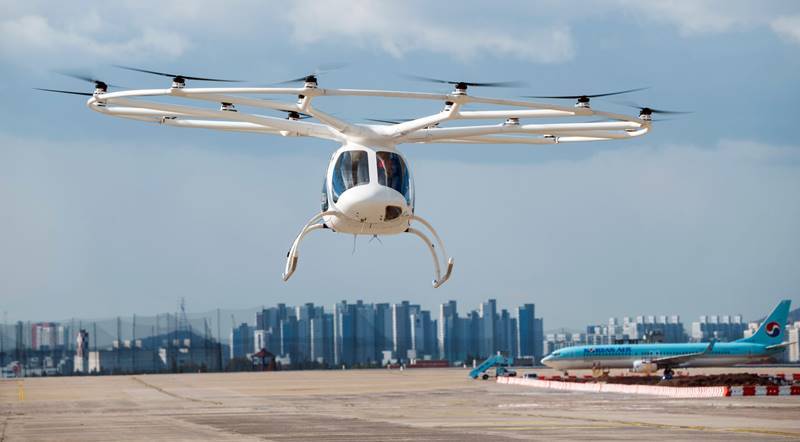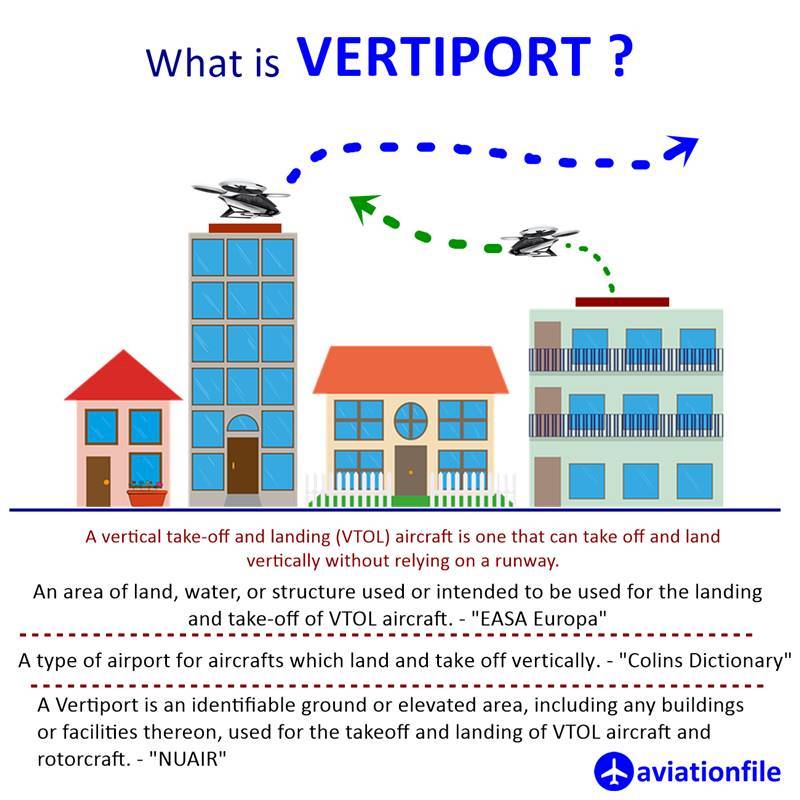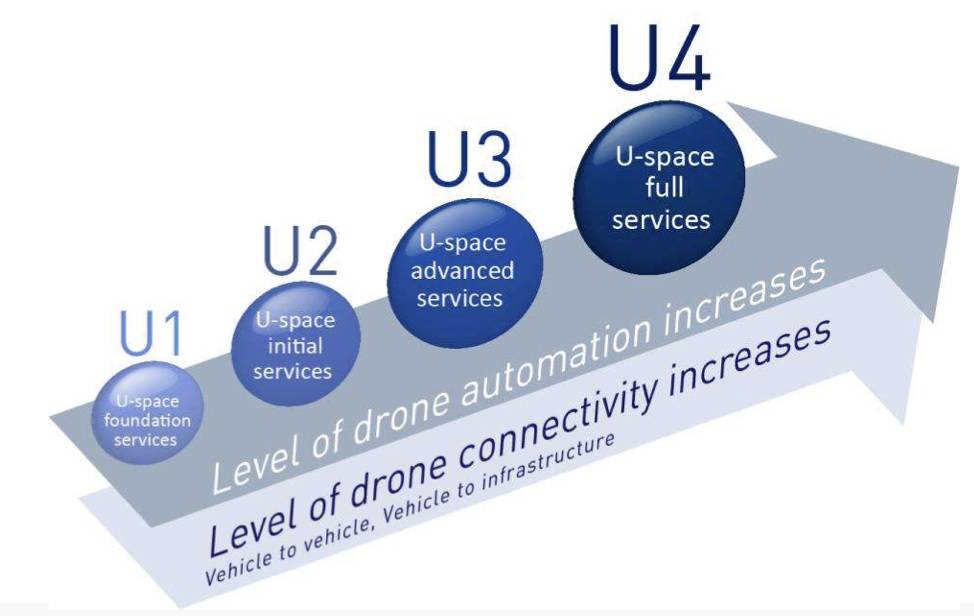Drone & Conventional Traffic
Drone operations have been carrying out right above us for quite some time already and their popularity is on an upward arch. Coming in a variety of sizes in range and weight, the unmanned aerial vehicles are currently serving both military and civil use. The operational precision they put out without the need of a pilot in cabin, have resulted in an explosive increase in their numbers since the Russia-Ukraine war surfaced. Civil use has also been reaching a larger audience as drones keep getting more and more accessible with the involvement of different manufacturers.
Registered drones in the U.S. currently are topping 865k while the general aviation fleet is around 204k, meaning they have a population more than 4 times the actual aircraft. So, how will they be able to fly in the same congested airspace?
Under this question, two main traffic management systems were launched by Europe and the U.S. to solve the issue of integration, named “U-Space” and “UTM”, respectively. The European Council founded air traffic management research program SESAR’s “U-Space” describes itself as “a set of new services relying on a high level of digitalisation and automation of functions and specific procedures designed to support safe, efficient and secure access to airspace for large numbers of drones”.
FAA and NASA’s collaborative “UTM”, which is short for “Unmanned Aircraft System Traffic Management”, goes with “traffic management ecosystem for uncontrolled operations that is separate from, but complementary to, the FAA’s Air Traffic Management system”. The main difference at first glance is U-Space’s emphasis on the importance of all airspace use within their definition: “U-space is an enabling framework designed to facilitate any kind of routine mission, in all classes of airspace and all types of environment – even the most congested – while addressing an appropriate interface with manned aviation and air traffic control.”
The two programs in different phases of their master plans, are carrying out some tests and very large-scale demonstrations. The second half of 2022 brought conquered milestones in U-Space as SAFIR-Med project, Europe’s first-ever BVLOS drone flight took off in Belgium while CORUS-XUAM project with its partners M3 Systems, Pipistrel and Volocopter completed a week of deconfliction tests in France. First project carried the actual flight process forward as the second focused more on the interaction between drone traffic management and ATM.

Currently, within the framework of both programs, a distinction between conventional and unmanned traffic is present in occupied airspace and operations. Looking at the operational side; post service, agricultural spraying, mapping, entertainment, military use and last but not least Urban Air Mobility (UAM) can be listed as the main operations of unmanned vehicles. Most of these operations require little to no interaction between conventional traffic. However, military and UAM ops can intersect flight paths of civil aviation and unauthorized flights close to airports and these routes can pose a risk due to proximity and even result in catastrophic events. As stated in the first paragraph, the popularity of UAVs are on the rise and this has started to show its effects on the way conventional traffic operate. Safety would be compromised under such a state thus either a distinction or integration solution is required.
Implementation of Unmanned Traffic
Let’s take a look at the integration process in EU under the scope. Firstly, relatively small UAVs are now operated by a registered drone and a certified UAV pilot and additionally, a completed risk assessment is a must and available airspace is limited. Bigger UAVs like Air Taxis which mostly are VTOL & eVTOL vehicles with a capacity of carrying four to six people, will require vertiports, modified routes and lots of certifications to operate and still are not ready. We have many different
manufacturers like Volocopter, Lilium and Tetra making progress towards the future.

Current operational limits and concept are being discussed under the new edition of “CORUS (ConOps for U-Space)”. Also, projects like USEPE (U-Space Separation in Europe), ICARUS (Integrated Common Altitude Reference System for U-Space) and BUBBLES (Defining the Building Blocks for a U-Space Separation) are ongoing on U-Space side. All of these projects serve the main implementation plan of U-Space which consists four main segments:

What these segments include is listed below as shown on their website:
U1: U-space foundation services covering e-registration, e-identification and geofencing.
U2: U-space initial services for drone operations management, including flight planning, flight approval, tracking, and interfacing with conventional air traffic control.
U3: U-space advanced services supporting more complex operations in dense areas such as assistance for conflict detection and automated detect and avoid functionalities.
U4: U-space full services, offering very high levels of automation, connectivity and digitalization for both the drone and the U-space system.
The Future of Air Traffic
After 2022, is the expected time of completion of U2 and also RPAS 2 (which is the integration of Remotely Piloted Aircraft Systems (RPAS) flying under IFR (Instrument Flight Rules) to all airspace). The full integration will be after 2035 as the projected minimum finalization time for RPAS 3 is 2030 while U4 is listed as 2035. Both are the last phases of their own plan and will help bring an evolved, efficient, integrated airspace and management system together.
To sum up, what the airspace and air traffic look and managed like by then will probably differ as other segments of the system also will be subject to change, whether it’s on the technology or demand side but in a fully integrated airspace, remotely piloted IFR passenger jets flying among conventionals are on the horizon.
Resources:
https://www.faa.gov/uas/resources/by_the_numbers/
https://www.sesarju.eu/U-space
https://www.faa.gov/uas/research_development/traffic_management
https://www.sesarju.eu/news/corus-xuam-partners-completedeconfliction-flight-tests-france
https://www.easa.europa.eu/en/downloads/124037/en
https://www.easa.europa.eu/en/downloads/137156/en
https://www.eurocontrol.int/sites/default/files/2020-11/tim-2020-day-1-corus-hately.pdf
Credit: https://www.linkedin.com/in/sermetozturk



